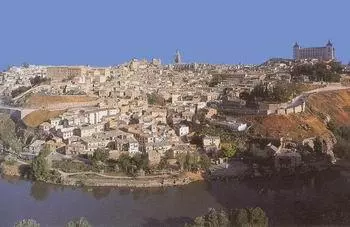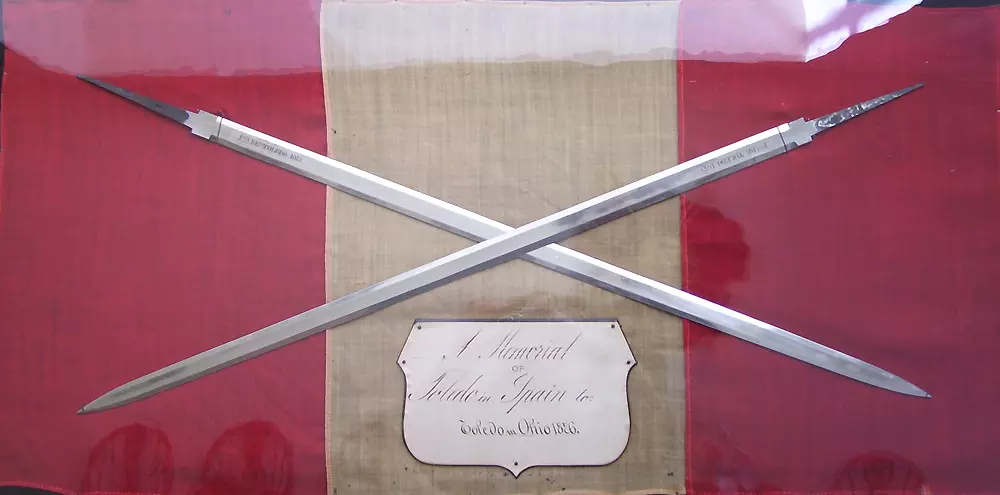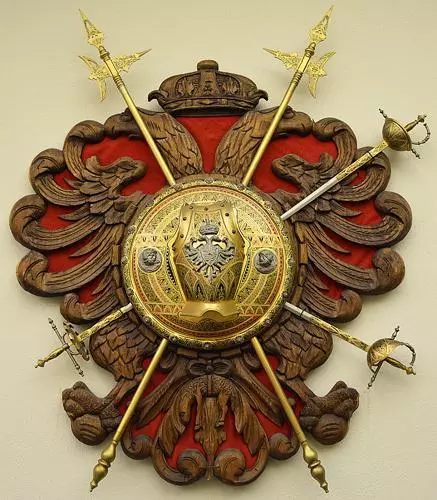 The shield of Toledo, Spain
The shield of Toledo, Spain
Exhibit Gallery
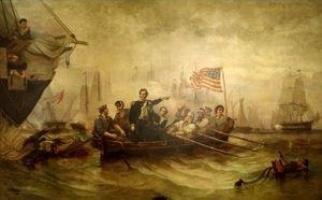
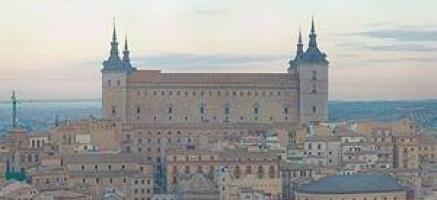

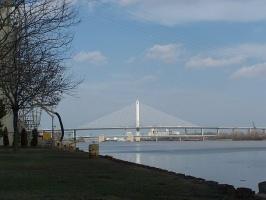
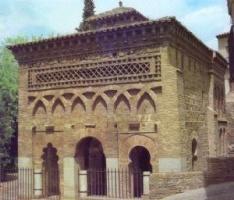
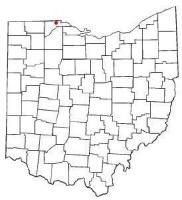
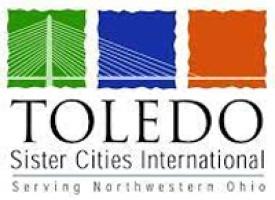
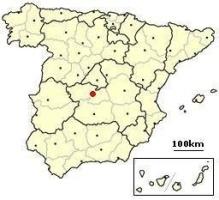
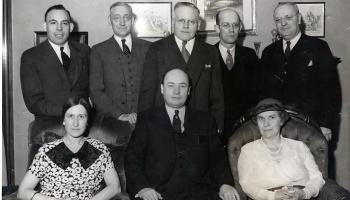
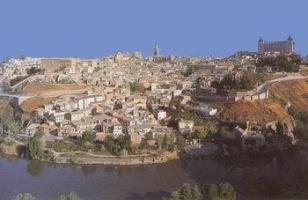

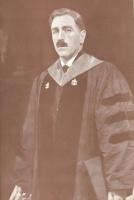
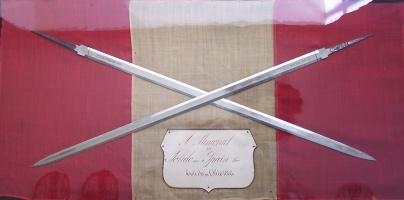
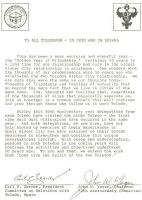
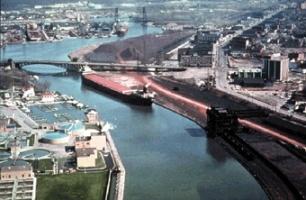
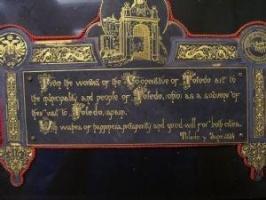
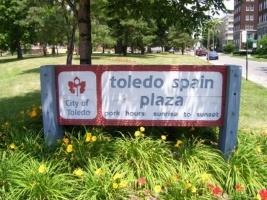
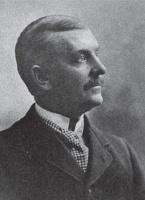
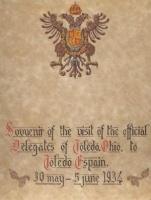
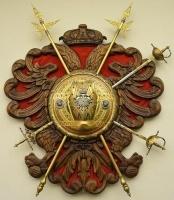

History of Toledo, Spain 540-1936
Toledo, Spain has a much longer history than that of its sister city, Toledo, Ohio. Spanish tradition dates the founding of the city to 540 B.C.E., under the original moniker of Toledoth. The city has also been known as Tulaytulah (under Muslim rule) and Toletum (under Roman rule).
Toledo has been controlled by various empires and nations. The original rulers of the region were the Phoenicians from the Middle East (now Syria and Jordan). Toledo has also been ruled by the Moors, the Visigoths, and various other Germanic tribes before later being incorporated into Spain.
The famous walls of the city were begun during Roman rule and were completed after the Moors took control. Many of the original buildings from the Roman and Moorish eras have not survived. Currently, only the Mezquita del Cristo de la Luz (Mosque of Our Lord of Light), which was built in the 10th century and is the oldest structure in the city, still stands.
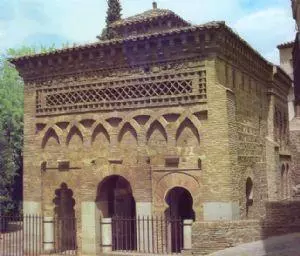 Mezquita del Cristo de la Luz, Toledo, Spain
Mezquita del Cristo de la Luz, Toledo, Spain
During the Middle Ages, Toledo was a center of cultural peace, with Jewish, Christian, and Muslim cultures all co-existing in one region. Although the region continued to excel in metalworking, which dates back to Roman times, the region was also known for its textiles. Another major industry was the Archbishopric, which spurred the growth of the city as well as construction of various large churches and religious icons. Toledo continued to prosper until 1565, when King Phillip II decided to move the Spanish government north to Madrid. Within 50 years, the population of Toledo was halved.
There was a brief revival of the city during the 19th century, as military industry and hospitals moved into the region. During the various wars of the 19th century (Wars of Independence and the 1868 revolution), the city sustained heavy damage. After the revolution, Toledo once again began the process of re-inventing itself.
This would continue until the Spanish Civil War. The province of Toledo would play a large symbolic part at the beginning of the war with the battle and siege of the Alcázar (Nationalist troops had sequestered themselves inside). Although Toledo lacked any strategic importance, the Republican army continued to use siege tactics against the beleaguered Nationalist forces. For several months, the small garrison of Nationalists was able to stave off the Republican army. This long siege caused extensive damage to the Alcázar, which was repaired after the war.
This defiance prompted Nationalist General Francisco Franco to declare himself Generalismo and led to an assault on Madrid. The brutal siege of Madrid last for three years, only coming to an end after the war had concluded.
In the post-war period, the Alcázar was rebuilt and currently houses the Castilla-La Mancha Regional Library ("Biblioteca Autonómica") and the Museum of the Army ("Museo del Ejército").
History of Toledo, Ohio 1600-1945
The name of the Maumee valley came from the Miami nation, which resided in the region for a very short time. The name of the valley comes from the French pronunciation of the name of the nation, Maumee.
At one point in the history of the area that would become Toledo, Ohio, the region was actually under Spanish control. This was short-lived, however, and the land eventually fell under French rule. The French had previously staked a claim to the land in the late 16th century following the expeditions of Jacques Cartier. The first American settlers did not make it to the area until the mid-18th century with the creation of fur trading outposts along the Erie.
Toledo, Ohio has gone by many names in its relatively short life. At various times, the area has been known as Fort Industry, Port Lawrence, and Vistula.
By the early 19th century, tensions between the newly independent Americans and their native neighbors came to a boil both nationally and in the Maumee Valley region. With the onset of the War of 1812, hostilities between the United States and the British and their native American allies commenced throughout North America. In Ohio, the siege and eventual American victory at Fort Meigs proved to be an important morale booster for the young nation after the defeat of US forces at Detroit and Frenchtown (Monroe, MI). Not only did the victory halt the advance of Tecumseh and the British forces, it also gave the United States a well-fortified base of operations in the "west."
With the end of the War of 1812 and the Indian removal policies of President Andrew Jackson, the Toledo area began to thrive. Port Lawrence – built upon the existing town of Fort Industry and on the site that would eventually be renamed Toledo – was unfortunately claimed by Ohio and Michigan (then a territory) due to inconsistencies in the drawing of the borders. After a series of tense stand-offs and one casualty, the Toledo War ended after one year with a compromise that gave the Michigan territory the Upper Peninsula and Ohio the strip of land that was Toledo.
The naming of the city of Toledo has been attributed to two individuals, former Vistula merchant Willard J. Daniels and James Irvin Doyle. Daniels is said to have come up with Toledo because it was easy to pronounce and was the only city in the country with that name. This story has yet to be proven either true or false.
With the addition of various canals and the railroad, Toledo would boom during the next century, becoming as an industrial powerhouse in conjunction with the growth of Detroit. With the boom in industry came an influx of immigrants to the area, many from Europe and elsewhere. Toledo was also a center for the progressive movement in the Midwest, as mayors Samuel "Golden Rule" Jones and Brand Whitlock brought reform, parks, improvements in education, and other progressive changes to the city.
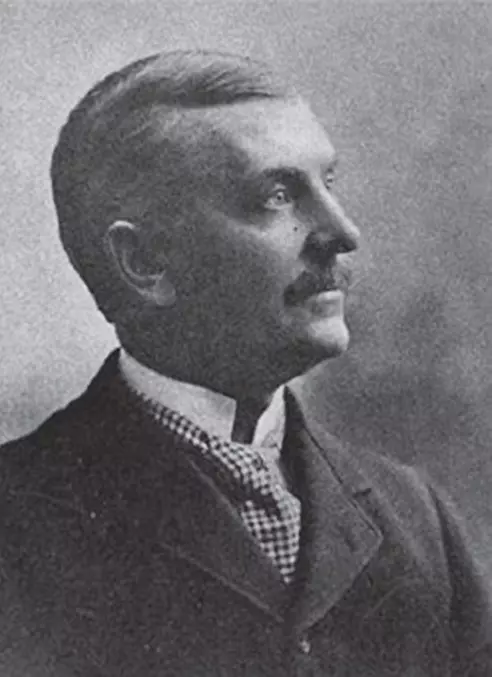 Toledo Mayor Samuel "Golden Rule" Jones
Toledo Mayor Samuel "Golden Rule" Jones
Due to the large amount of industry in Toledo, the Great Depression hit the city incredibly hard. This economic downturn would last until the dawn of World War II, when the city converted many of its consumer-based industries to the wartime production of Jeeps, aircraft, and other military supplies.
Association of Two Toledos (1931-1995)
The cities of Toledo, Ohio and Toledo, Spain first met in 1876, and a pair of swords was presented to the American delegation. These swords are now housed in the Ward M. Canaday Center at the University of Toledo.
Fifty years after that first visit, a new movement to unite the two cultures began. The Association of Two Toledos was started in the 1920s, when University of Toledo President Henry Doermann visited Spain as an affiliate of the Royal Academy of Fine Arts and History in Toledo, Spain. Photographs that Dr. Doermann took of King Ferdinand and Queen Isabel's coat of arms inspired the University's official seal.
At the same time, Russell G.C. Brown, a Spanish teacher at Waite and DeVilbiss high schools, encouraged the students in his Spanish clubs to correspond with students studying English in Toledo, Spain. Dr. Doermann and Mr. Brown, together with the Toledoans they had met during their travels in Spain, formed the Committee on Relations with Toledo, Spain in 1931. Dr. Doermann and Mr. Brown led the organization in Ohio; while Toledo, Spain's mayor, Guillermo Perezagua, and Adoracion Comez Camarero, editor of the city's newspaper, led the organization in Spain.
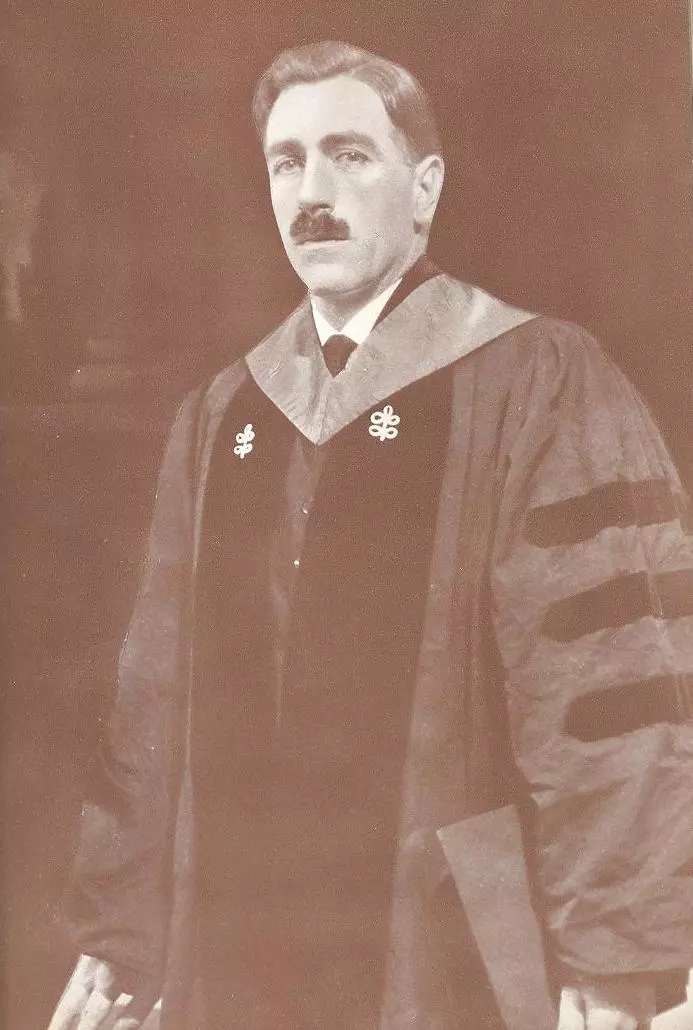 University of Toledo President Henry Doermann
University of Toledo President Henry Doermann
In 1934, a delegation was sent from Toledo, Ohio to Toledo, Spain. "Fiesta Week" in Toledo, Ohio corresponded with the trip. The celebration included an exhibition of Spanish art at the Toledo Museum of Art. A delegation from Toledo, Spain planned to visit Ohio in 1937 to commemorate the 100th anniversary of the founding of Toledo, Ohio, but the Spanish Civil War in 1936 and World War II disrupted those plans.
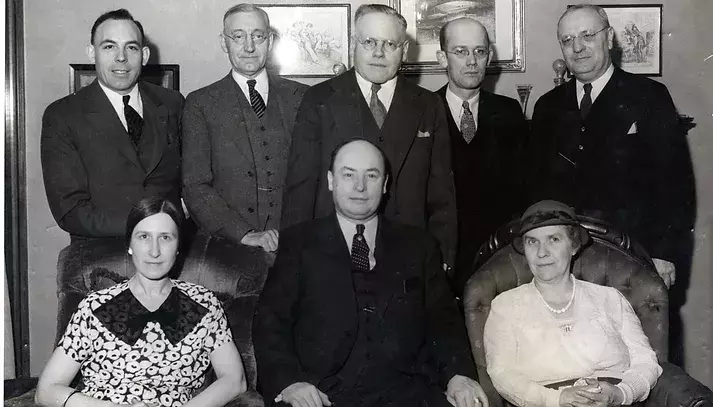 Toledo delegation committee, 1934
Toledo delegation committee, 1934
The Committee remained inactive until 1958. However, informal communications were maintained between Russell Brown of the American committee and Pablo Rodriguez of the Spanish committee.
In 1962, a group from Toledo, Spain finally visited Toledo, Ohio as part of the celebration of Toledo, Ohio's 125-year history. In 1965, twenty-eight area high school students visited Toledo, Spain. A scholarship encouraging inter-cultural education was established in honor of Russell Brown in the late 1960s. A similar scholarship was established in Toledo, Spain in 1971, thereby starting an exchange program. Sister Cities International recognized the Toledo, Ohio branch of the Committee for this exchange program by awarding it the Town Affiliation Award in 1962 and an award for the "best people-to-people project" for fundraising to support the scholarship program.
In 1976, a delegation from Toledo, Spain again came to Toledo, Ohio, this time to celebrate the United States bicentennial. Five years later, the two branches celebrated the 50th anniversary of their relationship with a yearlong celebration in Toledo, Ohio. In 1982, the members voted to change the name of the organization from "Committee on Relations with Toledo, Spain" to "Association of Two Toledos." That same year, the Association sponsored an exhibit of works by El Greco at the Toledo Museum of Art.
After several years of legal and political battles with Toledo Sister Cities International over the rights to represent Toledo, Ohio in its official Sister City capacity, The Association Two Toledos ended their association with Toledo, Spain and Sister Cities International in 1995.
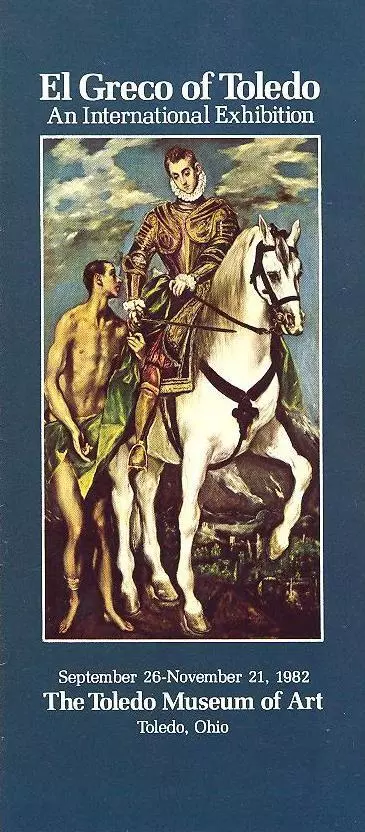
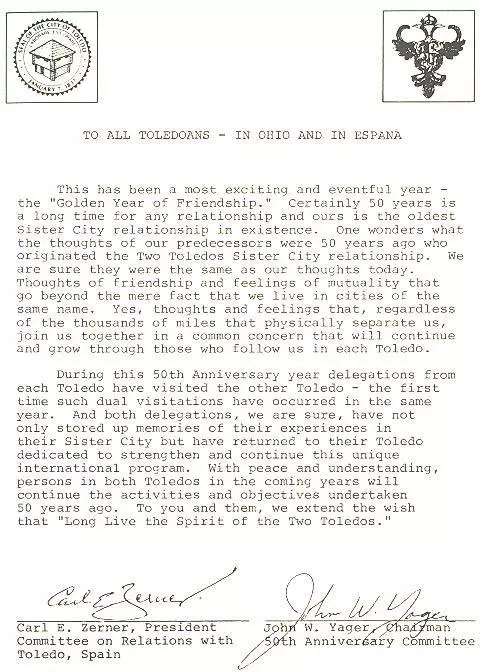
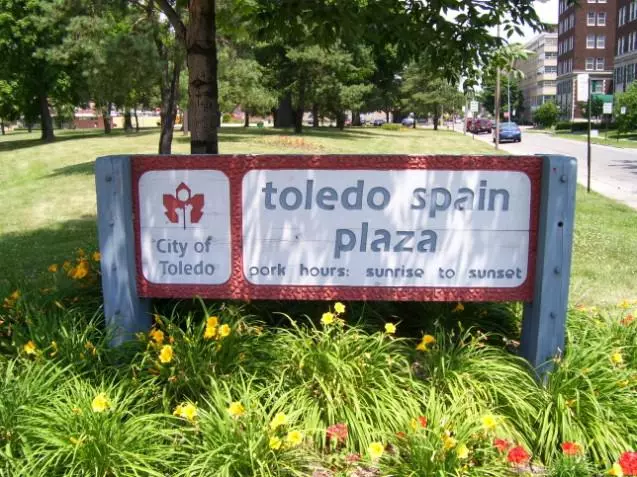
Pamphlet for the El Greco exhibit at The Toledo Museum of Art (left);
Letter: To All Toledoans - In Ohio and in España (center);
Toledo Spain Plaza on Collingwood Ave., Toledo, Ohio (right)
Toledo Sister Cities International (1993-Present)
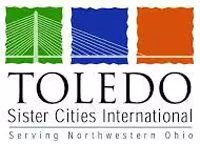 Toledo Sister Cities International Logo
Toledo Sister Cities International Logo
In 1992, the sister city agreements of Toledo, Ohio were given to Toledo Sister Cities International (TSCI), a partnership of various city of Toledo branches of government.
Although the partnership between Toledo, Ohio and Toledo, Spain began in the 1930s, it was not until 1967 that an international entity, Sister Cities International (SCI), was created. SCI was created in response to a massive increase in Sister City agreements, some of which were spurred along by a proclamation made by US President Dwight D. Eisenhower.
TSCI was created by a group effort between various branches of the City of Toledo, Lucas County, and the state of Ohio. SCI was officially incorporated in the Toledo city government in 1993.
The mission statement of TSCI, as taken from their website, is:
. . .a not-for-profit, nongovernmental organization dedicated to enriching our community through the spirit of international cooperation. We provide, promote, and invite global understanding through mutually beneficial economic, educational, and cultural exchange.
In 2002, Toledo, Ohio hosted the "Sister Cities Annual Conference," which brought together more than 700 Sister City participants from around the globe.
Currently, Toledo Sister Cities International maintains the sister city agreements with the cities chosen prior to the organization’s creation, as well as the six sister city agreements they have fostered and the various other relationships created by the organization.
Two Toledos, 2007
Toledo, Ohio
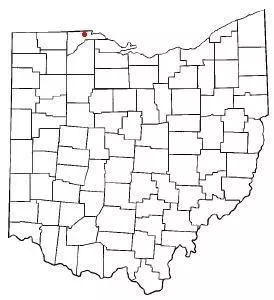 Map of Ohio indicating the location of Toledo
Map of Ohio indicating the location of Toledo
Much has changed in the two Toledos during the seven decades of their union. Toledo, Ohio has been revitalized over the past twenty years. The once-booming downtown area, a ghost town for the last few decades, has been the focus of a massive revitalization effort. Older buildings have been torn down and replaced with modern ones. The buildings that were spared have been rezoned and modernized and now house restaurants, bars, and other entertainment and commercial endeavors. Toledo's borders have also grown. As the population increased, the city began to annex neighboring towns and villages, adding ten thousand people in thirteen annexations in 1950 alone. In 1967, the University of Toledo was added to the state university system.
The growth was not without its growing pains. Labor and political issues sparked protests and marches, and various urban renewal projects drained funds. Mother Nature also played a part in shaping Toledo history. On Palm Sunday in 1965, a tornado tore through North Toledo, killing 14 and injuring almost 200. Blizzards in 1977 and 1978, with record low temperatures and snowfall accumulations, crippled the city.
Over the past twenty years, the city has continued to grow. Two minor league sports teams now inhabit the city, and the revitalization of the downtown and riverfront continues to beautify and modernize Toledo.
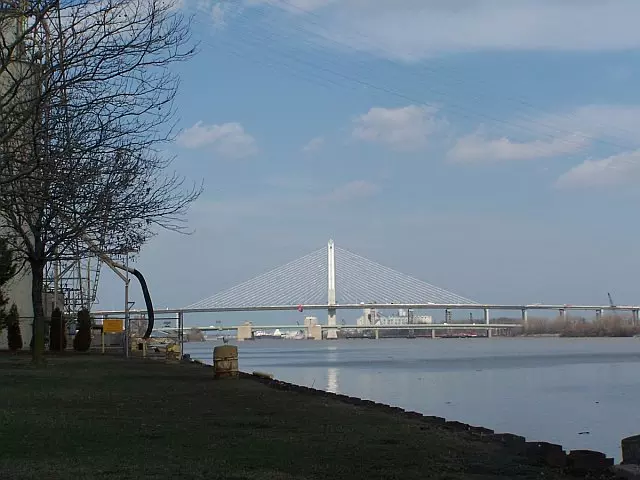 The Veterans' Glass City Skyway; Toledo Skyway Bridge
The Veterans' Glass City Skyway; Toledo Skyway Bridge
Toledo, Spain
The past half century has also seen the revitalization of Toledo, Spain. After the Spanish Civil War, Toledo was relatively stagnant during the Franco regime. With the coming of democracy in the late 1970s, Toledo once again began to regain some of its past glory. The first Spanish capital city was a capital once again, this time of the Castilla La Mancha region, one of the 17 newly created regions that resemble federal states.
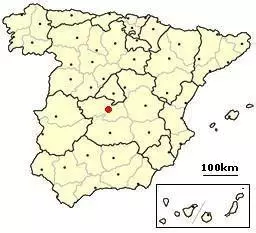 Map of Spain indicating the location of Toledo
Map of Spain indicating the location of Toledo
With the coming of democracy in the late 1970's Toledo once again began to regain some of its past glory. The first Spanish capital city was a capital once again, this time of the Castilla La Mancha region, one of the 17 newly created areas that resemble federal states.
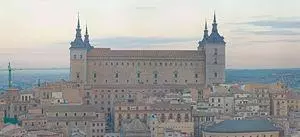 Alcazar in Toledo, Spain; also home to one of Spain's National Archives
Alcazar in Toledo, Spain; also home to one of Spain's National Archives
Here are various reviews and other news items about the recent documentary, Two Toledos. The film was a collaborative work by local filmmakers Joel Robert Washing & Jacob David of Toledo, OH. The film commemorates the 75th anniversary of the Sister City partnership between Toledo, Ohio and Toledo, Spain. The documentary centers on the two distinct in style, yet similar in thought, art communities in Toledo, Ohio and Toledo, Spain. The main vehicle for telling the story of the two Toledo's art scenes is interviews with artists in both communities.
|
Sister Cities, Toledo Ohio |
|
Toledo, Spain*, 1931 |
|
Londrina, Brazil, 1975 |
|
Qinhuangdao, China, 1985 |
|
Szeged, Hungary, 1990 |
|
Poznan, Poland, 1990 |
|
Csongrád County, Hungary, 1998 |
|
Bekaa Valley, Lebanon, 1999 |
|
Toyohashi, Japan, 2000 |
|
Tanga, Tanzania, 2001 |
|
Delmenhorst, Germany, 2002 |
|
*First sister city agreement. |
|
Friendship Cities of Toledo, Ohio |
|
Banja-Luka, Bosnia-Herzegovina |
|
Nikopol, Ukraine |
|
Po-Hang, South Korea |
|
Tomsk, Russia |
|
Sister Cities, Toledo Spain |
|
Toledo, Ohio*, 1931 |
|
Aachen, Germany |
|
Nara, Nara, Japan |
|
Havana, Cuba |
|
Jerusalem, Israel |
Statistical Comparison
|
|
Toledo, Ohio |
Toledo, Spain |
| Population (2005) | 301,285 | 75,578 |
| Size | 1,502.0 square km | 232.1 square km |
|
Year Founded |
1833 CE |
540 BCE |
|
Major Industries |
Glass, Auto, Medical |
Metal working, Textiles |
|
Language |
English |
Spanish |
|
Phonetic Spelling |
Toe-lee-doh |
Toe-lay-doh |
|
UNESCO World Heritage Site |
No |
Yes |
Artifacts at the Canaday Center
These are only a few of the artifacts located in the Canaday Center that trace their history to the more than 100-year-old relationship between Toledo, Spain and Toledo, Ohio. Explore the collection finding aid for the Association of Two Toledos Collection, 1609-2002, MSS-071
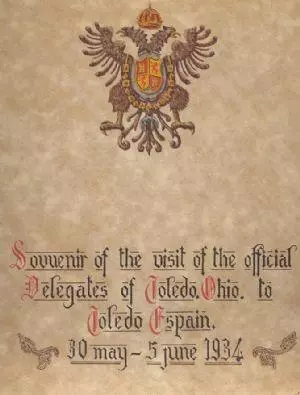 A scrapbook from the original trip to Toledo, Spain. It details the entire trip by the delegation from Toledo, Ohio.
A scrapbook from the original trip to Toledo, Spain. It details the entire trip by the delegation from Toledo, Ohio.
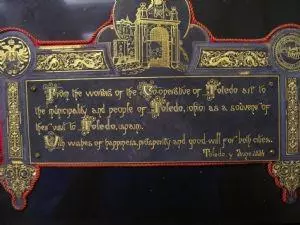 Commemorative black marble plaque given to the first delegation from Toledo, Ohio during their 1934 trip to Spain.
Commemorative black marble plaque given to the first delegation from Toledo, Ohio during their 1934 trip to Spain.
This sword, which measures almost seven feet in height and weighs nearly 70lbs, was given to the Association of Two Toledos by Toledo, Spain in 1976.
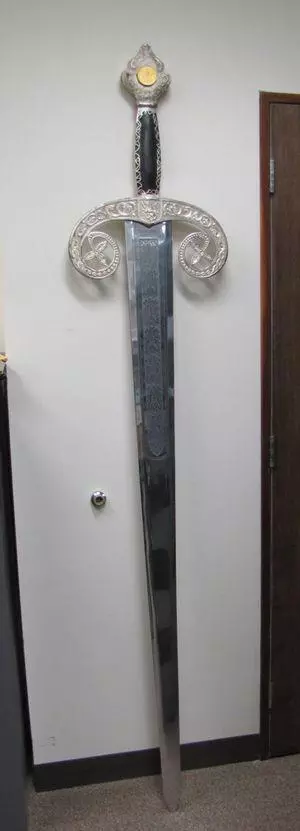 Sword almost seven feet tall and and weighing nearly 70lbs given to the Association of Two Toledos by Toledo, Spain in 1976
Sword almost seven feet tall and and weighing nearly 70lbs given to the Association of Two Toledos by Toledo, Spain in 1976

